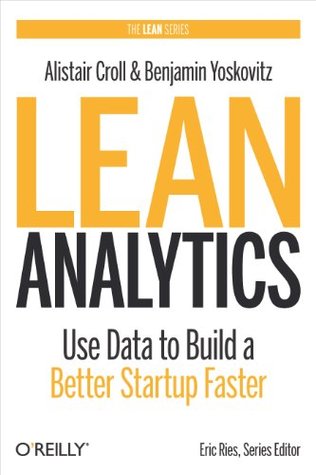More on this book
Community
Kindle Notes & Highlights
Read between
April 3 - May 28, 2022
local maximum
Resist the temptation to use surveys and quantitative research; the insights from one-on-one observation can unlock an entire market segment.
dovetail
prenuptial
Traditional product managers build profit-and-loss analyses to try to justify their plans: they create a convincing business case, and once someone believes it, they get funding to proceed. But a Lean mindset reverses this: you sell the business model — not the plan — without a lot of prediction, and then rely heavily on analytics to decide whether to kill the product or double-down on it.
This smacks of Donald Rumsfeld’s “unknown unknowns,” and as your company grows and achieves a degree of operational consistency, figuring out what you don’t know becomes a key task of management.
“flying by the seat of our pants”
Accenture Chief Scientist Kishore Swaminathan says, “Science is purely empirical and dispassionate, but scientists are not.
leap of faith.”[
Use concepts like the One Metric That Matters and tools like the Problem-Solution Canvas to make analytics approachable and understandable for everyone, not just the data scientists. Get people focused on lines in the sand — measurable targets that everyone (including executives) agrees to — so that you can demonstrate results.
Today, there’s simply too much information available. We don’t need to guess — we need to know where to focus. We need a disciplined approach to growth that identifies, quantifies, and overcomes risk every step of the way.
This is Alistair’s fourth book on analytics, technology, and entrepreneurship. Alistair lives in Montreal, Canada, and tries to mitigate chronic attention deficit disorder by writing about far too many things at Solve for Interesting (http://www.solveforinteresting.com).


